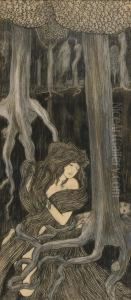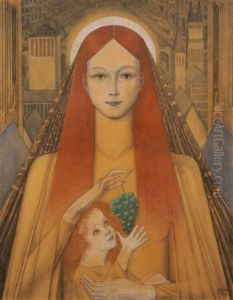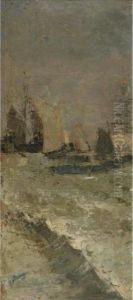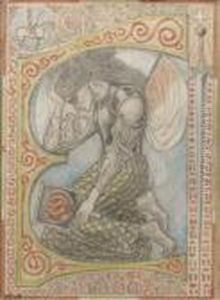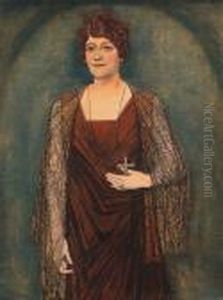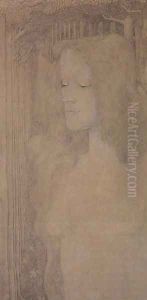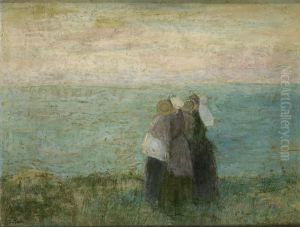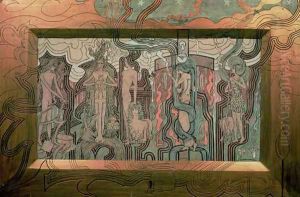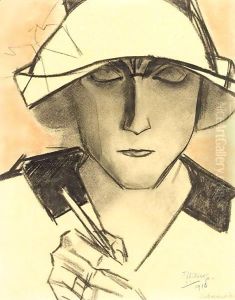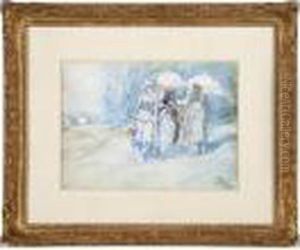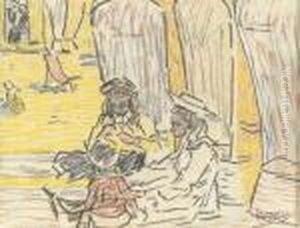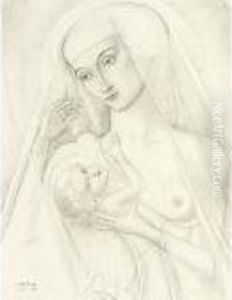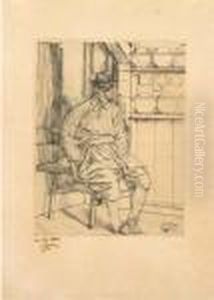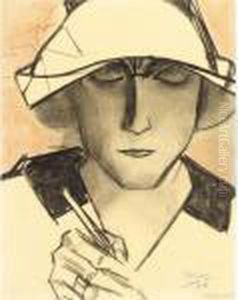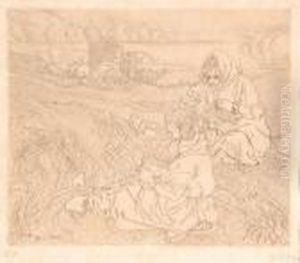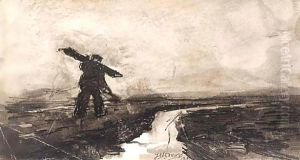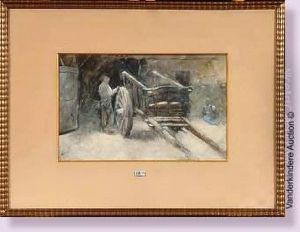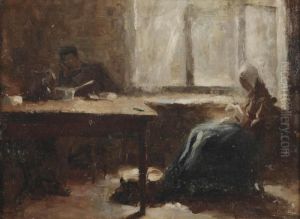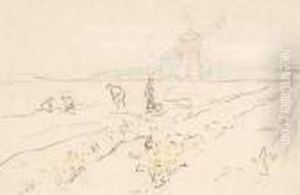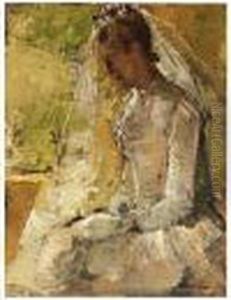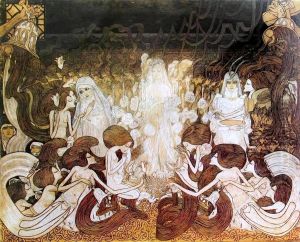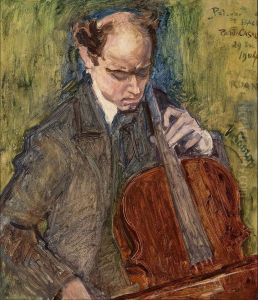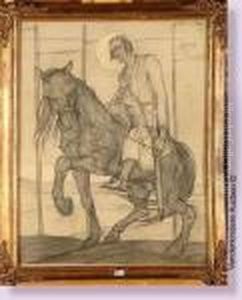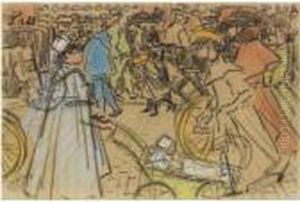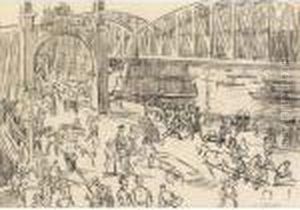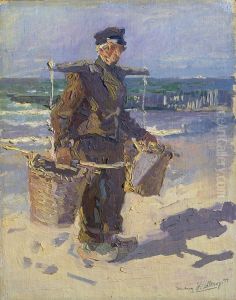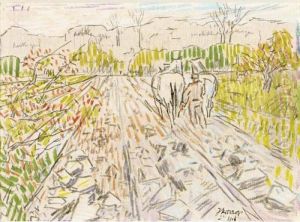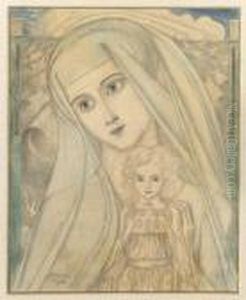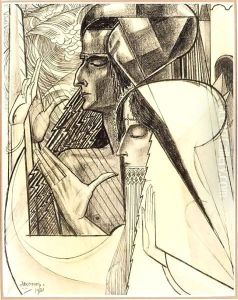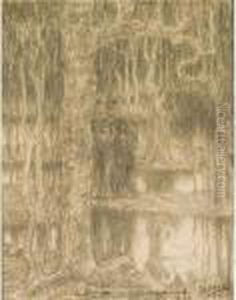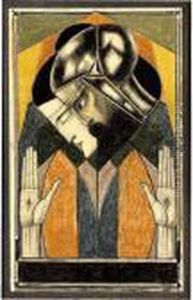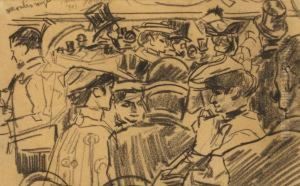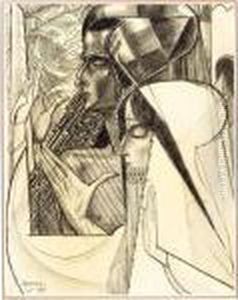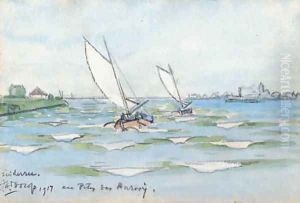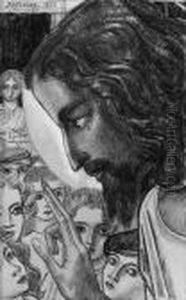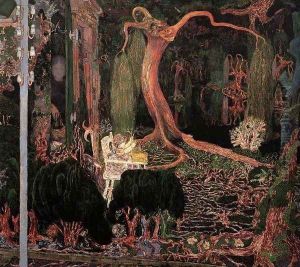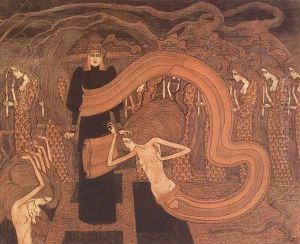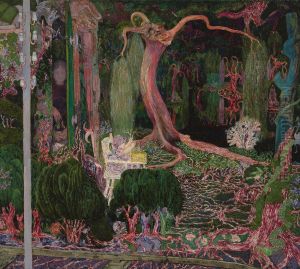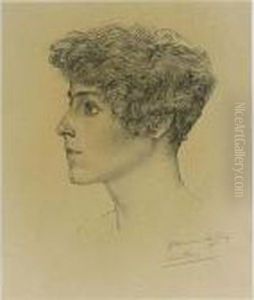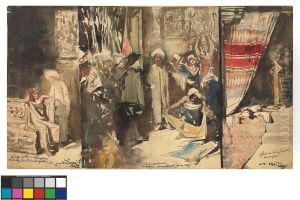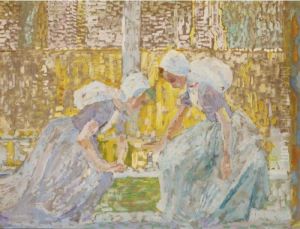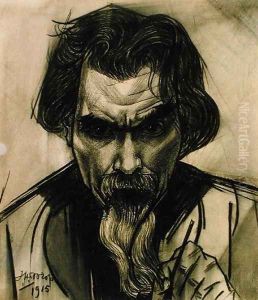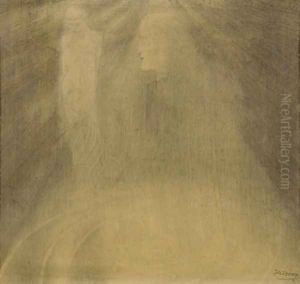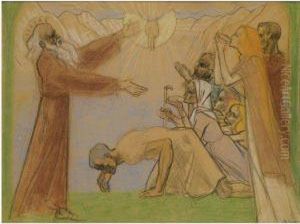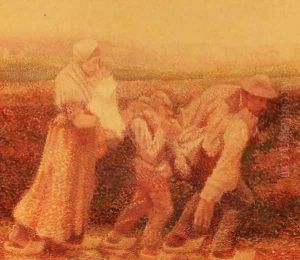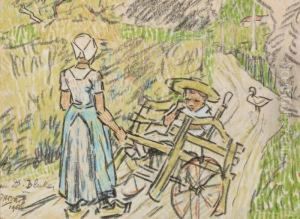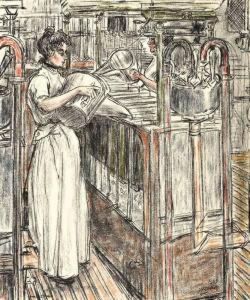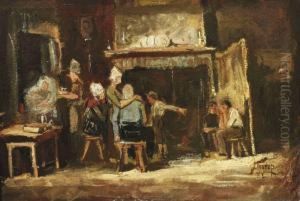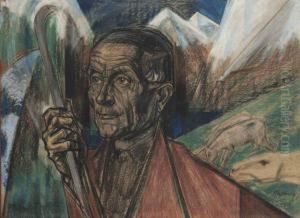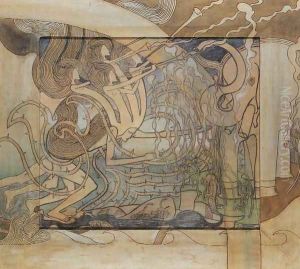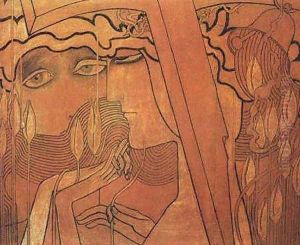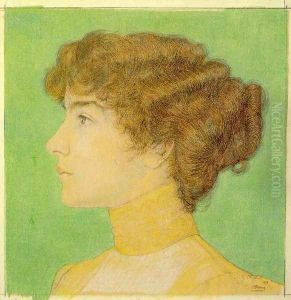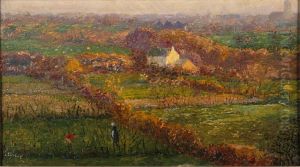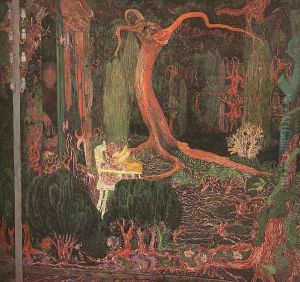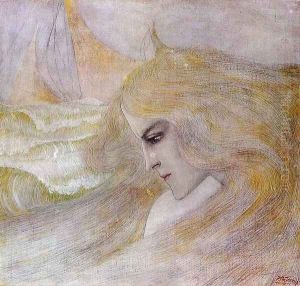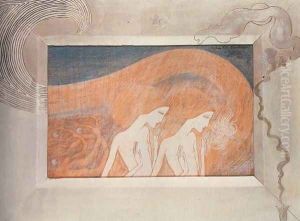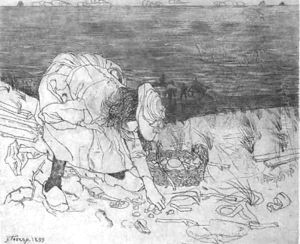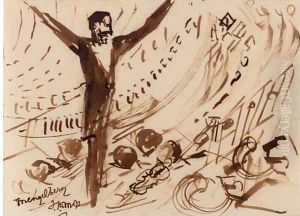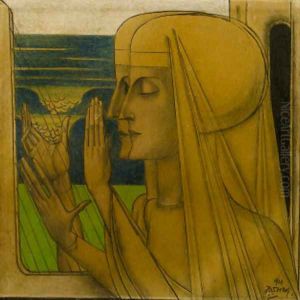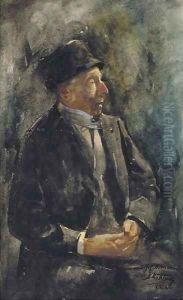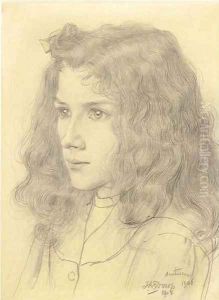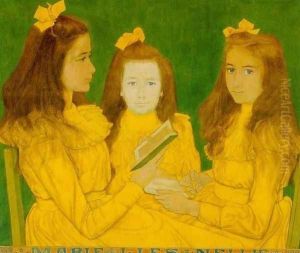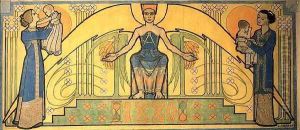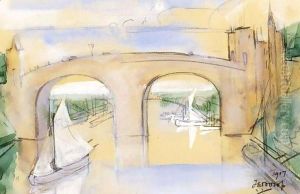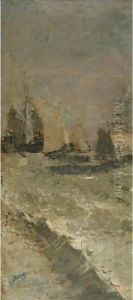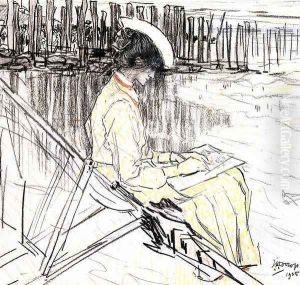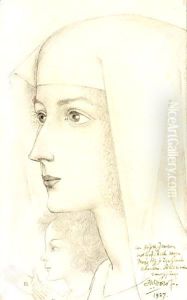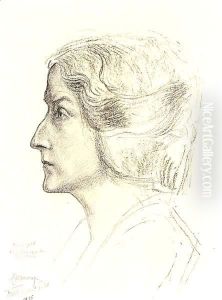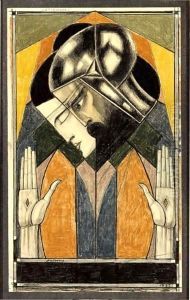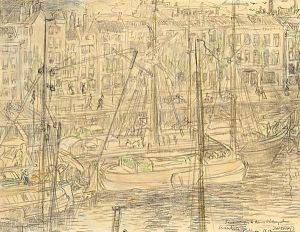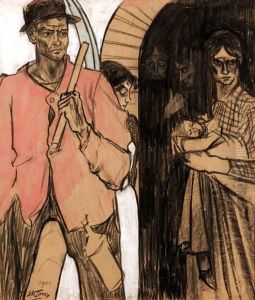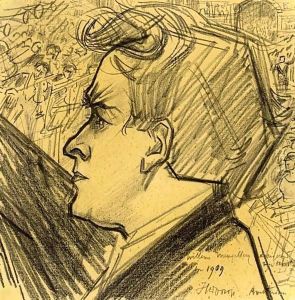Jan Toorop Paintings
Jan Theodoor Toorop, better known as Jan Toorop, was a versatile Dutch-Indonesian painter whose style evolved significantly over the course of his career, beginning with realism and moving through Impressionism, Pointillism, and ultimately Symbolism. Born on December 20, 1858, in Purworejo, on the island of Java in the Dutch East Indies (now Indonesia), Toorop spent his early years in a colonial environment which would later influence the exotic and occasionally mystic elements in his work.
Toorop moved to the Netherlands when he was a teenager and studied at the Royal Academy of Art in The Hague. His early works were mainly realistic portraits and scenes of Dutch life. However, he was soon influenced by the Impressionist movement, which led to a period where he experimented with light and color, often in a manner similar to the French Impressionists.
As Toorop's style matured, he became associated with the Pointillism technique, which involves the application of small, distinct dots of color to form an image. This can be seen in works such as 'The Sea at Katwijk' (1887), which shows his mastery of this technique and the influence of Georges Seurat.
In the 1890s, Toorop was increasingly drawn to Symbolism, a movement that sought to express ideas and emotions through powerful symbols and allegorical images. His Symbolist period is characterized by a use of sinuous lines and a focus on spiritual and mystical themes. One of his most famous works from this period is 'The Three Brides' (1893), which is often interpreted as an exploration of the cycle of life and the role of women in society.
Toorop was also involved in the Art Nouveau movement, and his graphic work, particularly his poster and advertising designs, showed the ornamental and curvilinear qualities typical of this style. His illustrations and decorative designs contributed to the spread of Art Nouveau aesthetics throughout Europe.
Beyond his paintings and graphic work, Toorop also produced stained glass designs, book covers, and other works on paper. His influence extended to a number of artists and movements in the early 20th century. Despite his move toward more abstract and symbolic work, Toorop never fully abandoned his interest in the human figure and social issues, as evidenced by his later works.
Toorop's health began to decline in the early 20th century, and he suffered from paralysis and other ailments that affected his ability to work. He continued to paint, albeit at a slower pace, and his later works often reflected a more serene and reflective approach to his subjects.
Jan Toorop died on March 3, 1928, in The Hague, Netherlands. Throughout his life, he played a significant role in the development of modern art in the Netherlands and left behind a diverse and influential body of work that continues to be studied and admired for its innovation and beauty.
